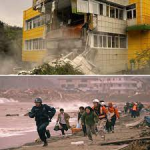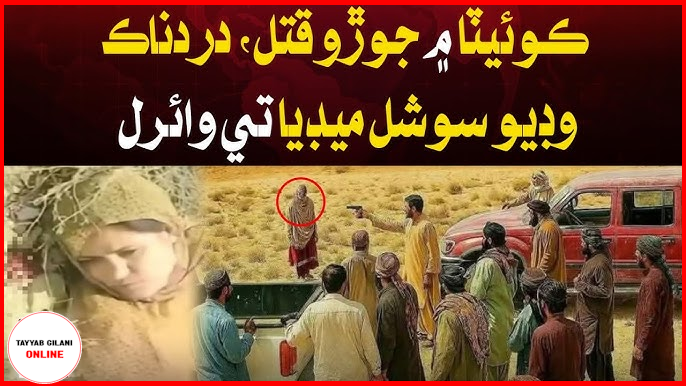Table of Contents
- Introduction
- Historical Background of Floods in Swat
- Causes of Flooding in Swat Valley
- Climate Change
- Heavy Rainfall and Glacial Melt
- Poor Infrastructure and Urbanization
- Recent Flood Situations in Swat (2022–2025)
- Humanitarian Impact of Floods
- Loss of Lives
- Displacement of Families
- Impact on Children and Women
- Economic Consequences
- Agriculture and Livelihoods
- Tourism Industry Collapse
- Property and Business Losses
- Environmental Destruction
- Soil Erosion and Deforestation
- Damage to Biodiversity
- Water Pollution
- Government Response to Floods in Swat
- Rescue Operations
- Rehabilitation Programs
- Long-Term Mitigation Measures
- Role of NGOs and International Aid
- Community-Based Solutions and Resilience Building
- Future Challenges in Swat Flood Management
- Conclusion
- Frequently Asked Questions (FAQ)
1. Introduction
Swat Valley, known as the “Switzerland of the East,” is one of Pakistan’s most beautiful and culturally rich regions. However, in recent years, this paradise has been severely affected by devastating floods that have led to loss of lives, destruction of property, and displacement of thousands.
The Swat flood situations and destruction have become a trending topic worldwide, not only because of their humanitarian impact but also due to global discussions on climate change, natural disasters, and resilience planning.
2. Historical Background of Floods in Swat
Swat has a long history of flooding due to its mountainous geography and the presence of the Swat River. Major floods were recorded in:
- 2010: Considered one of the worst floods in Pakistan’s history, affecting millions in Swat.
- 2015–2016: Seasonal monsoon floods damaged crops and infrastructure.
- 2022–2023: Unprecedented rainfall caused flash floods, resulting in widespread destruction.
This repeated cycle of disasters highlights the urgent need for sustainable solutions.
3. Causes of Flooding in Swat Valley
Climate Change
One of the primary reasons behind increasing flood intensity in Swat is global climate change. Rising temperatures have accelerated the melting of glaciers in the Hindu Kush and Karakoram ranges, directly increasing water levels in the Swat River.
Heavy Rainfall and Glacial Melt
The combination of heavy monsoon rains and glacial melt leads to sudden water surges. This overwhelms natural waterways and causes destructive flash floods.
Poor Infrastructure and Urbanization
Unplanned urbanization, poor drainage systems, and construction near riverbanks have further worsened the flood situation. Encroachments on floodplains increase risks for both communities and infrastructure.
4. Recent Flood Situations in Swat (2022–2025)
In August 2022, Swat witnessed catastrophic floods. Entire villages were swept away, bridges collapsed, and hundreds lost their lives. The floods in 2023 and 2024 followed a similar pattern, though on a smaller scale, with continued destruction of roads, homes, and farmlands.
By 2025, reports show that although government measures have improved disaster response times, rehabilitation remains incomplete, leaving thousands still vulnerable.
5. Humanitarian Impact of Floods
Loss of Lives
Hundreds of people have perished in Swat floods, making it one of the most tragic consequences of these disasters.
Displacement of Families
Thousands of families were displaced, forced to live in temporary camps with limited access to clean water, healthcare, and education.
Impact on Children and Women
Children lost access to schools, while women faced increased risks of exploitation in overcrowded relief camps.
6. Economic Consequences
Agriculture and Livelihoods
Swat’s economy relies heavily on agriculture (fruits, vegetables, wheat). Floods destroy farmland, leaving farmers with no source of income.
Tourism Industry Collapse
Swat Valley is famous for its natural beauty and attracts tourists globally. Flood destruction has caused the collapse of the tourism sector, affecting hotels, transport businesses, and local vendors.
Property and Business Losses
Floods destroy shops, homes, and small businesses. Many families lose their lifetime savings in a single disaster.
7. Environmental Destruction
Soil Erosion and Deforestation
Floodwaters cause soil erosion and landslides, which make the land less fertile. Illegal logging and deforestation worsen the problem.
Damage to Biodiversity
Swat is home to diverse flora and fauna. Floods wash away forests and habitats, threatening local wildlife.
Water Pollution
Floods contaminate drinking water sources with sewage and industrial waste, leading to outbreaks of diseases such as cholera and diarrhea.
8. Government Response to Floods in Swat
Rescue Operations
The Pakistan Army, provincial disaster management authorities (PDMA), and local volunteers conduct rescue operations to save stranded people.
Rehabilitation Programs
Programs are introduced for rebuilding houses, roads, and bridges. However, corruption and inefficiency often delay progress.
Long-Term Mitigation Measures
Efforts include building dams, embankments, and flood warning systems, but these require significant investment and political will.
9. Role of NGOs and International Aid
International organizations such as the Red Crescent, UNICEF, and UNDP play a critical role by providing food, shelter, and medical support. NGOs also help communities rebuild their lives by offering financial aid and skill training.
10. Community-Based Solutions and Resilience Building
- Training locals in disaster preparedness.
- Planting trees to prevent soil erosion.
- Relocating communities away from high-risk flood zones.
- Building small-scale dams and irrigation channels for water control.
11. Future Challenges in Swat Flood Management
- Climate change continues to worsen rainfall patterns.
- Population growth increases pressure on limited land.
- Lack of funding for modern flood control infrastructure.
Only a combination of government policies, international support, and community action can provide long-term solutions.
12. Conclusion
The Swat flood situations and destruction highlight the devastating consequences of natural disasters in vulnerable regions. Beyond the physical damage, floods affect human lives, economy, and environment. Addressing this crisis requires sustainable solutions, climate adaptation, and effective disaster management policies.
If ignored, the cycle of floods will continue to haunt Swat Valley, turning this beautiful land into a zone of recurring tragedy.
13. Frequently Asked Questions (FAQ)
Q1: What caused the recent floods in Swat?
A: Heavy monsoon rains, glacial melt due to climate change, and poor infrastructure planning.
Q2: How have the floods affected the people of Swat?
A: Thousands were displaced, hundreds lost their lives, and livelihoods such as farming and tourism collapsed.
Q3: What measures can reduce future floods in Swat?
A: Building dams, improving drainage systems, reforestation, and implementing early warning systems.
Q4: How can international aid help Swat flood victims?
A: By providing emergency relief, financial aid, and long-term rebuilding assistance.
Q5: What is the economic cost of floods in Swat?
A: Billions of rupees lost in agriculture, infrastructure, tourism, and property damage.












